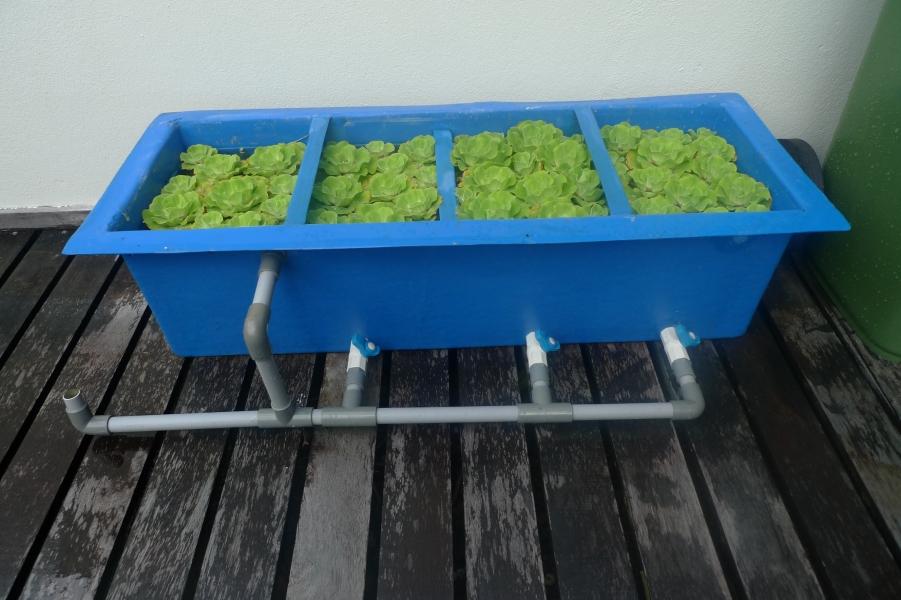
The Ultimate Guide to Installing a Koi Pond Filter
Introduction
If you have a koi pond, you know how important it is to keep the water clean and healthy. One of the most important components of a koi pond is the filter. However, installing a koi pond filter can be a daunting task. In this guide, we will provide you with everything you need to know about koi pond filter installation, from planning to maintenance.
Step 1: Plan the installation
Before you start installing your koi pond filter, you need to plan the installation process. Here are some things to consider:
- What type of filter do you need? There are different types of filters available, including biological, mechanical, and combination filters. Each filter has its own advantages and disadvantages, so choose the one that best suits your needs.
- Where will you install the filter? The filter should be installed in a location that is easy to access and clean. It should also be placed in a shaded area to prevent the growth of algae.
- What size filter do you need? The size of the filter will depend on the size of your pond and the number of fish you have. Make sure you choose a filter that can handle the capacity of your pond.
Step 2: Gather the materials
Before you begin installing your koi pond filter, make sure you have all the necessary materials. Here are some of the materials you will need:
- Koi pond filter
- PVC pipes and fittings
- Silicone sealant
- Hose clamps
- Water pump
- Waterproof tape
Step 3: Install the filter
Once you have planned the installation and gathered all the necessary materials, you are ready to start installing the filter. Here are the steps you need to follow:
Step A: Connect the filter to the pond
Start by connecting the filter to the pond with PVC pipes and fittings. Make sure the pipes are properly sealed with silicone sealant to prevent leaks. Use hose clamps to secure the pipes in place.

Step B: Install the water pump
Once the filter is connected to the pond, it’s time to install the water pump. The pump should be placed in the pond and connected to the filter with PVC pipes. Make sure the pipes are properly sealed with silicone sealant and secured with hose clamps.

Step C: Connect the filter to the outflow
The last step is to connect the filter to the outflow. This can be done using PVC pipes and fittings. Make sure the pipes are properly sealed with silicone sealant and secured with hose clamps. Use waterproof tape to cover the connections to prevent leaks.

Step 4: Test the system
After installing the koi pond filter, it’s important to test the system to make sure everything is working properly. Here are some things you should check:
- Make sure the water is flowing smoothly through the filter
- Check the water quality to ensure that it’s clear and healthy for your fish
- Make sure there are no leaks in the system
Step 5: Maintain the filter
Maintaining your koi pond filter is critical to keeping your pond healthy. Here are some tips for maintaining your filter:
- Clean the filter regularly to prevent the buildup of debris and algae
- Replace filter media as needed
- Inspect the system regularly for leaks or other issues
Conclusion
Installing a koi pond filter may seem like a daunting task, but with proper planning and preparation, it can be done easily. By following the steps outlined in this guide and maintaining your filter regularly, you can keep your koi pond healthy and beautiful for years to come.